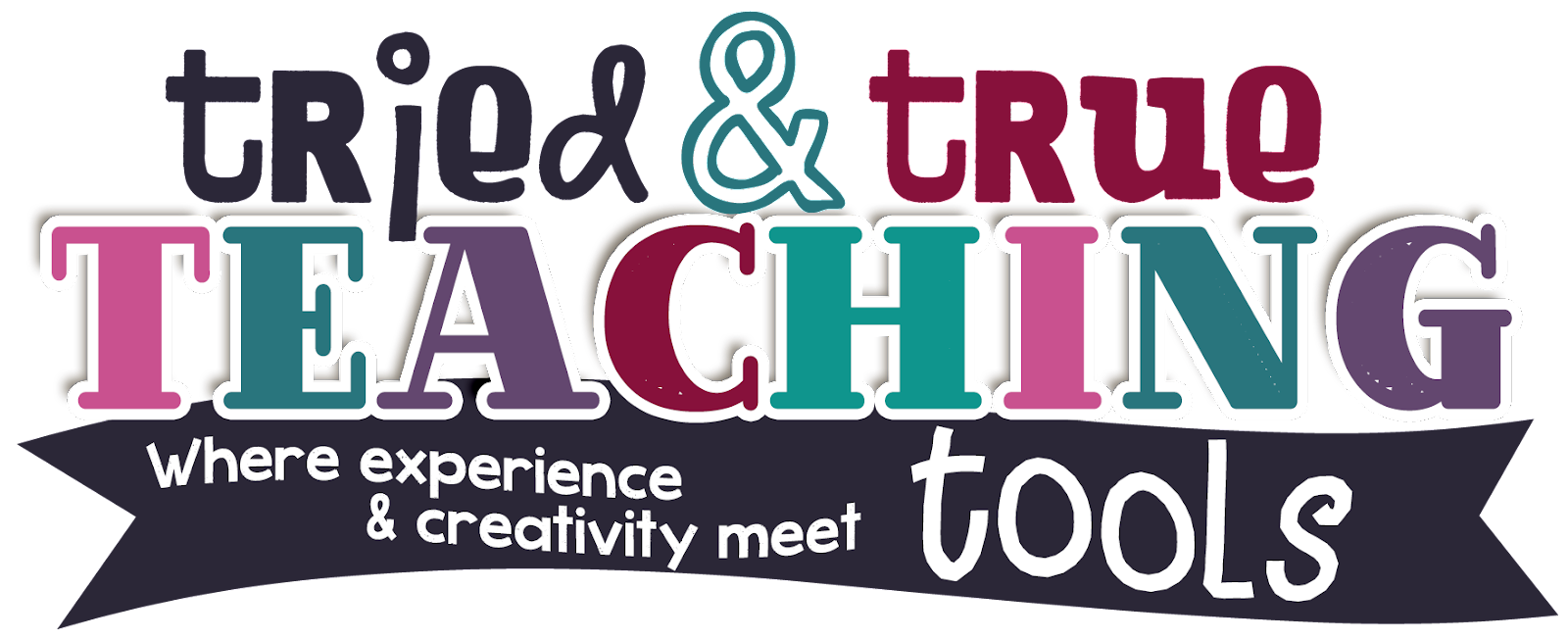Even in our school environments, we need to feel that we belong to the larger school community. It's not enough to have solid lesson plans and high test scores.
Although teachers are often notorious for closing their doors and teaching in isolation, our teaching effectiveness is much greater when we have strong relationships. I was surprised to read first: "Build Relationships with Ourselves." Having self-efficacy or being confident in ourselves makes a big difference in our success as a teacher. Having a growth mindset and positive self-talk about your teaching will lead to positive change.
Surround yourself with other teachers who want to continue learning and developing. They will keep you motivated and will stretch you to try new strategies. Students know if their teachers like each other! You can read specific ideas for developing relationships with your colleagues HERE.
The Quaglia Student Voice Survey (2016) discovered that "students who feel cared for as individuals by their teachers are also more likely to engage in pro-academic behaviors. Students learn more if they know their teachers care about them and are willing to listen to and spend time with them.
Lastly, build relationships with families. Who knows their child best? Parents can be our greatest allies; they want to trust that the teacher has their child's best interests at heart. Parents are often used to getting phone calls or notes only when their child is misbehaving. Send notes home or call with good news. I try to be very specific when writing a note or postcard, such as “__________ had a great day! She found many ways to solve a problem in math.” Or “__________ was a kind friend; he helped another student during reading.” Often parents are speechless when I call to say something positive or parents have told me they put my postcard on the refrigerator because they’re so proud!
Gottman (2017) found that in order to create happy relationships, there needs to be 5 positive interactions for every 1 negative interaction! Students know if you are being yourself; authentic. Show kindness. Several years ago, my class (& fabulous student teacher!!) came up with the brilliant idea of showing love and caring for other staff members around our school. They wrote the following poem together:
We discussed how giving "junk" laying around the house is not showing love (think of donating expired canned goods for a food drive!). Showing true caring is getting to know a person; discovering details about their interests and likes. Students brainstormed a list of staff members they wanted to show appreciation for such as our nurse, counselor, PE coach, custodians, secretaries. They came up with a list of questions they wanted to know about each person: favorite snacks, hobbies, color, etc. Next, pairs of students were to subtly engage in conversations with a particular staff member as they "ran into them", then record their findings in our Positive Pranks notebook we kept in our room. Oh my goodness, I have never seen my kids so excited! Once they knew enough about their staff member, they would assemble a gift bag with goodies and attach the poem to the bag. Students brought in items to donate: cute pencils, hand lotion, Starbucks gift cards, fancy bandaids, books, lanyards, granola bars, bottled water, mugs, colorful office supplies. Over several weeks, at random times, students would knock on a door then run away to watch the recipient read the note and take the bag inside. Other times they left the bag on the desk or in their office. (Think ding dong ditch or "You've been Boo'd" surprises at Halloween) Since only a couple of students at a time could deliver the gifts, one of them would attempt to film the pranking on an iPod then the class would watch it. They loved these James Bond-type stealth moves!
We discussed how giving "junk" laying around the house is not showing love (think of donating expired canned goods for a food drive!). Showing true caring is getting to know a person; discovering details about their interests and likes. Students brainstormed a list of staff members they wanted to show appreciation for such as our nurse, counselor, PE coach, custodians, secretaries. They came up with a list of questions they wanted to know about each person: favorite snacks, hobbies, color, etc. Next, pairs of students were to subtly engage in conversations with a particular staff member as they "ran into them", then record their findings in our Positive Pranks notebook we kept in our room. Oh my goodness, I have never seen my kids so excited! Once they knew enough about their staff member, they would assemble a gift bag with goodies and attach the poem to the bag. Students brought in items to donate: cute pencils, hand lotion, Starbucks gift cards, fancy bandaids, books, lanyards, granola bars, bottled water, mugs, colorful office supplies. Over several weeks, at random times, students would knock on a door then run away to watch the recipient read the note and take the bag inside. Other times they left the bag on the desk or in their office. (Think ding dong ditch or "You've been Boo'd" surprises at Halloween) Since only a couple of students at a time could deliver the gifts, one of them would attempt to film the pranking on an iPod then the class would watch it. They loved these James Bond-type stealth moves!
There is SO much to delve into in this week's reading! To also build balanced relationships, choose to dialogue (rather than force your agenda) by setting intentions, getting clear on your own beliefs, and listening with empathy.
Join me next Wednesday, as we discuss Chapter 5: Drive Professional Growth and Chapter 6: Take Care of Yourself!





No comments
Post a Comment